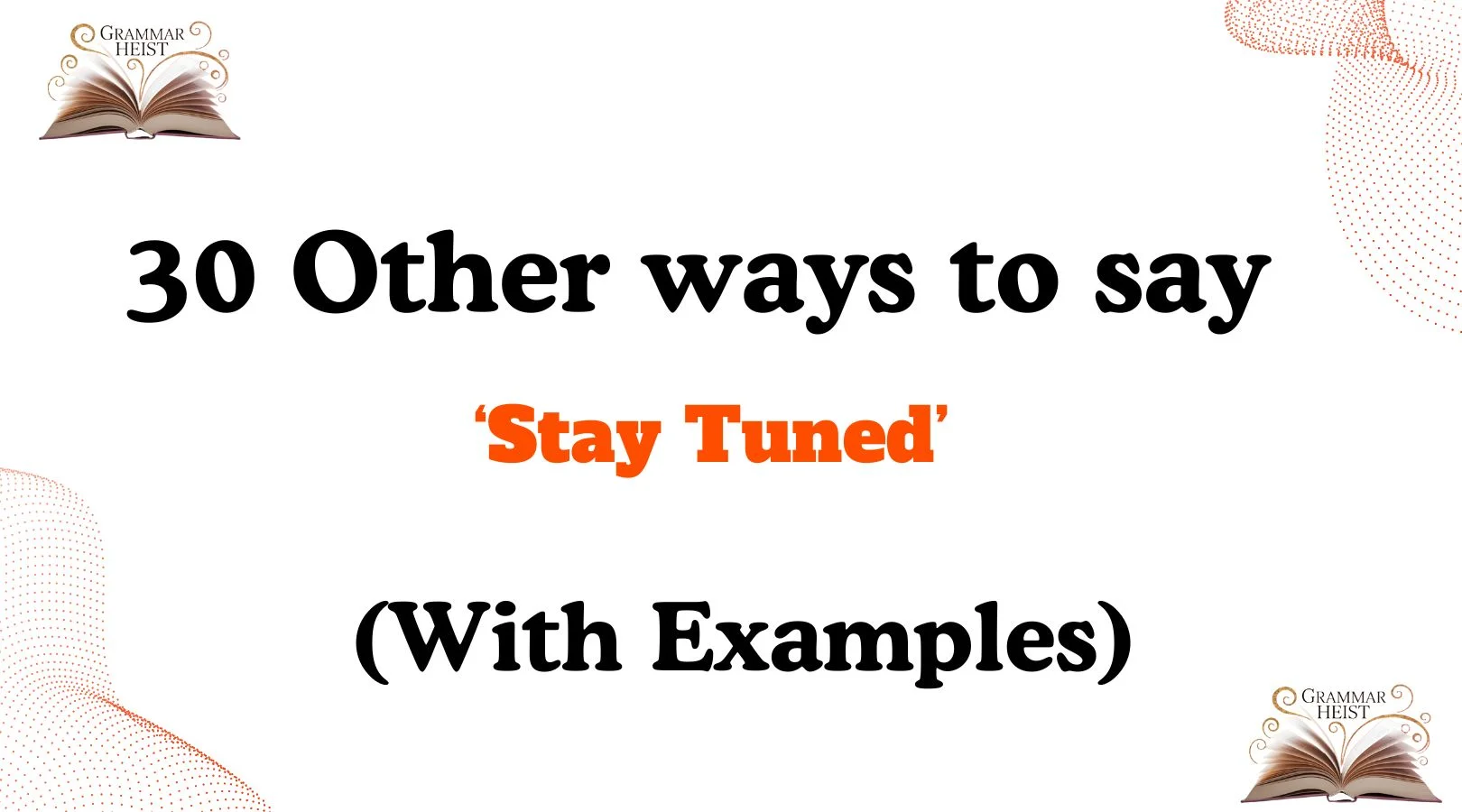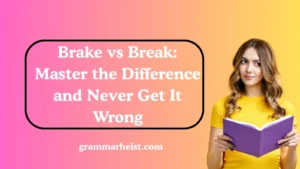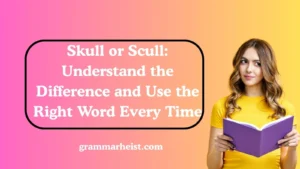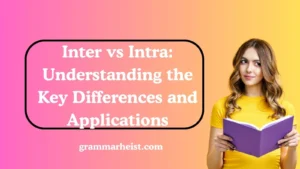Sometimes, the words we choose can make a huge difference in how our messages are received. Saying “stay tuned” is common, but when you want to add a touch of warmth, care, or personality, finding the right alternative can make your communication feel more personal and meaningful. Below, you’ll find 30 thoughtful alternatives with real-life scenarios, examples, tone notes, and explanations to help you choose the right phrase for every situation.
What Does “Stay Tuned” Mean?
The phrase “stay tuned” is often used to let someone know that more information is coming soon. It suggests patience, anticipation, and engagement while someone waits for an update, announcement, or continuation of something important.
Is It Professional/Polite to Say Stay Tuned?
Yes, “stay tuned” is polite and acceptable in most contexts, including professional settings, newsletters, emails, or even casual conversations. However, it can sometimes feel a little generic or impersonal, which is why finding alternatives that better reflect your tone and relationship with the audience can be more impactful.
Pros or Cons of Using “Stay Tuned”
Pros:
- Clear and universally understood
- Works in both casual and professional contexts
- Encourages anticipation
Cons:
- Can sound overused or cliché
- May lack warmth or personal connection
- Doesn’t always convey empathy or care
Synonyms For “Stay Tuned”
- More to Come
- Keep an Eye Out
- Exciting Things Ahead
- Don’t Miss What’s Next
- Watch This Space
- More Updates Soon
- Coming Right Up
- More Details to Follow
- Stay Connected
- More Surprises Ahead
- Look Out for More
- Hold Tight
- More Soon
- Keep Following Along
- Await the Next Chapter
- Keep Watching
- Stay with Us
- To Be Continued
- More Good News Ahead
- Stay Posted
- Await Further Updates
- Stay Alert
- Keep Listening
- Good Things Coming
- Await the Announcement
- Keep Checking In
- Updates Coming Your Way
- Await the Reveal
- More Coming Your Way
- Stay in the Loop
1. More to Come
Scenario: Announcing an upcoming feature release.
Examples:
- “We’ve shared just the beginning—more to come soon!”
- “This is just the first step. More to come in the next update.”
- “Keep an eye out, there’s more to come.”
Tone: Friendly, reassuring.
Explanation: Suggests that there’s something worth waiting for, without sounding too formal.
2. Keep an Eye Out
Scenario: Sharing a product launch teaser.
Examples:
- “Keep an eye out for our special announcement tomorrow!”
- “Something exciting is on its way—keep an eye out.”
- “You’ll want to keep an eye out for what’s next.”
Tone: Casual, inviting.
Explanation: Encourages attentiveness in a light, engaging way.
3. Exciting Things Ahead
Scenario: Motivating your team about future plans.
Examples:
- “We’ve achieved a lot already, but there are exciting things ahead.”
- “Stay motivated—exciting things ahead for all of us!”
- “Your patience will pay off—exciting things ahead.”
Tone: Uplifting, encouraging.
Explanation: Adds positivity and hopefulness about the future.
4. Don’t Miss What’s Next
Scenario: Promoting a webinar series.
Examples:
- “We’ll be diving deeper in part two—don’t miss what’s next.”
- “More tips are on the way—don’t miss what’s next.”
- “If you loved today’s session, don’t miss what’s next.”
Tone: Direct, engaging.
Explanation: Creates urgency and highlights value in following along.
5. Watch This Space
Scenario: Sharing company news.
Examples:
- “Big updates are coming—watch this space.”
- “We can’t share details yet, but watch this space.”
- “More surprises soon—watch this space.”
Tone: Playful, mysterious.
Explanation: Builds curiosity while keeping things light.
6. More Updates Soon
Scenario: Following up after a progress report.
Examples:
- “Thanks for your patience—more updates soon.”
- “We’ll keep you informed with more updates soon.”
- “This is just a snapshot—more updates soon.”
Tone: Professional, polite.
Explanation: Best suited for formal or semi-formal communications.
7. Coming Right Up
Scenario: Informal social media post.
Examples:
- “Your favorite content is coming right up!”
- “We’ve got something fun coming right up.”
- “Stay with us, more is coming right up.”
Tone: Fun, conversational.
Explanation: Lightens the mood while still promising continuation.
8. More Details to Follow
Scenario: Internal company memo.
Examples:
- “The policy is changing—more details to follow.”
- “You’ll receive instructions soon—more details to follow.”
- “This is a quick update, with more details to follow.”
Tone: Formal, professional.
Explanation: Works perfectly in corporate or official communication.
9. Stay Connected
Scenario: Newsletter closing line.
Examples:
- “We’ll be sharing more insights—stay connected.”
- “Great stories ahead, so stay connected.”
- “Want the latest? Stay connected with us.”
Tone: Warm, engaging.
Explanation: Suggests ongoing relationship and continuous sharing.
10. More Surprises Ahead
Scenario: Building excitement for an event.
Examples:
- “The fun isn’t over—more surprises ahead!”
- “You’ve seen just the start—more surprises ahead.”
- “Get ready—more surprises ahead.”
Tone: Excited, playful.
Explanation: Creates anticipation while keeping things lighthearted.
11. Look Out for More
Scenario: Social media announcement teasing content drops.
Examples:
- “We’re not done yet—look out for more!”
- “Fresh updates coming soon—look out for more.”
- “Love what you see? Look out for more in the coming days.”
Tone: Cheerful, inviting.
Explanation: Keeps readers curious while making them feel included.
12. Hold Tight
Scenario: Casual brand communication.
Examples:
- “Big reveal in just a moment—hold tight.”
- “It’s almost here—hold tight.”
- “We’re putting the finishing touches—hold tight.”
Tone: Relaxed, playful.
Explanation: Builds anticipation with a friendly twist.
13. More Soon
Scenario: After sharing a project preview.
Examples:
- “That’s just the start—more soon.”
- “Thanks for joining us, there’ll be more soon.”
- “We’re excited to share more soon.”
Tone: Simple, polite.
Explanation: Short and to the point while still warm.
14. Keep Following Along
Scenario: Encouraging people to stay engaged with a journey or campaign.
Examples:
- “We’re just getting started—keep following along.”
- “So much more ahead if you keep following along.”
- “Don’t stop here—keep following along.”
Tone: Encouraging, welcoming.
Explanation: Works well in storytelling, campaigns, or long projects.
15. Await the Next Chapter
Scenario: Blog series or creative project.
Examples:
- “This story isn’t over—await the next chapter.”
- “We’ll continue soon—await the next chapter.”
- “A fresh chapter awaits you—await the next chapter.”
Tone: Thoughtful, narrative.
Explanation: Perfect for content that feels like a journey or unfolding story.
16. Keep Watching
Scenario: Video series promotion.
Examples:
- “Don’t go anywhere—keep watching.”
- “The next episode is coming—keep watching.”
- “You’ll love what’s next—keep watching.”
Tone: Engaging, media-oriented.
Explanation: Suited for streaming, videos, or live events.
17. Stay with Us
Scenario: Live event or ongoing webinar.
Examples:
- “We’re just getting started—stay with us.”
- “Lots more insights ahead—stay with us.”
- “Don’t log off yet—stay with us.”
Tone: Inclusive, caring.
Explanation: Makes the audience feel valued and connected.
18. To Be Continued
Scenario: Series of social media posts.
Examples:
- “This is just part one—to be continued.”
- “Our journey doesn’t stop here—to be continued.”
- “More to uncover—to be continued.”
Tone: Storytelling, suspenseful.
Explanation: Works perfectly in creative or narrative settings.
19. More Good News Ahead
Scenario: Company email after a milestone.
Examples:
- “We’re grateful for your support—more good news ahead.”
- “Celebrate this win with us—more good news ahead.”
- “It’s just the beginning—more good news ahead.”
Tone: Optimistic, cheerful.
Explanation: Encourages positivity and inspires confidence.
20. Stay Posted
Scenario: Quick message to colleagues.
Examples:
- “We’ll share the results soon—stay posted.”
- “Expect updates tomorrow—stay posted.”
- “We’re finalizing details—stay posted.”
Tone: Professional but casual.
Explanation: Good for workplace communication without sounding too formal.
21. Await Further Updates
Scenario: Formal project communication.
Examples:
- “The next report is coming—await further updates.”
- “We’ll confirm once approved—await further updates.”
- “This is preliminary—await further updates.”
Tone: Formal, corporate.
Explanation: Clear and direct, suited for business or official notices.
22. Stay Alert
Scenario: Safety-related communication.
Examples:
- “Changes are being rolled out—stay alert.”
- “We’re testing now, so stay alert for notices.”
- “Important updates coming—stay alert.”
Tone: Serious, responsible.
Explanation: Works when urgency or attentiveness is required.
23. Keep Listening
Scenario: Podcast or radio show.
Examples:
- “That’s not all—keep listening for more.”
- “The best insights are still ahead—keep listening.”
- “Don’t switch off—keep listening.”
Tone: Engaging, media-friendly.
Explanation: Perfect for audio-driven platforms.
24. Good Things Coming
Scenario: Encouraging customers or audience.
Examples:
- “Trust us, good things are coming.”
- “Hang tight—good things are coming your way.”
- “We’re preparing something special—good things are coming.”
Tone: Positive, comforting.
Explanation: Adds reassurance with kindness.
25. Await the Announcement
Scenario: Formal product reveal.
Examples:
- “Details are confidential—await the announcement.”
- “Our launch event is near—await the announcement.”
- “The reveal is close—await the announcement.”
Tone: Professional, polished.
Explanation: Creates formality and builds anticipation.
26. Keep Checking In
Scenario: Encouraging visits to a website or platform.
Examples:
- “Fresh content daily—keep checking in.”
- “More posts on the way—keep checking in.”
- “Want the latest? Keep checking in.”
Tone: Friendly, consistent.
Explanation: Suggests habit and regular engagement.
27. Updates Coming Your Way
Scenario: Email to customers.
Examples:
- “We’re working hard—updates coming your way.”
- “Stay patient—updates coming your way soon.”
- “Exciting features—updates coming your way.”
Tone: Caring, supportive.
Explanation: Makes the message feel more personal and directed.
28. Await the Reveal
Scenario: Marketing campaign teaser.
Examples:
- “It’s almost time—await the reveal.”
- “We’re counting down—await the reveal.”
- “Stay ready—await the reveal.”
Tone: Mysterious, exciting.
Explanation: Perfect for launches, unveilings, and events.
29. More Coming Your Way
Scenario: Newsletter closing line.
Examples:
- “Thanks for reading—more coming your way.”
- “This is just the start—more coming your way soon.”
- “Your inbox will love it—more coming your way.”
Tone: Warm, inviting.
Explanation: Friendly and versatile, good for casual or semi-formal use.
30. Stay in the Loop
Scenario: Team communication or community message.
Examples:
- “We’ll keep you informed—stay in the loop.”
- “Want to know first? Stay in the loop.”
- “We’ll share more soon—stay in the loop.”
Tone: Collaborative, modern.
Explanation: Creates a sense of inclusion and partnership.
Conclusion
Finding alternatives to “stay tuned” is about more than just swapping words—it’s about adding warmth, personality, and care to your communication. Whether you’re addressing colleagues, clients, or a broader audience, the right phrase can make your message feel more personal and engaging.
From playful options like “hold tight” to professional phrases like “await further updates”, these alternatives give you the flexibility to match the tone and context of your message.
In the end, the best choice depends on how you want your audience to feel—valued, excited, included, or reassured. When your words reflect that thoughtfulness, people are more likely to connect, trust, and engage with what you have to share.
So the next time you’re tempted to write “stay tuned,” pause for a moment. Choose a phrase that adds a spark of care and personality—because the right words don’t just inform, they also build connection.

Emma Rose is a dedicated writing expert with a passion for helping others enhance their communication skills. With a strong background in grammar, language structure, and style, Emma empowers individuals to write with clarity, confidence, and impact. Her approach combines a keen attention to detail with a supportive, personalized touch, ensuring each person she works with improves and grows in their writing journey.













